Discover Innovative Tiny Home Designs
Exploring the realm of innovative tiny home designs opens a world of possibilities where functionality meets aesthetic appeal. You can transform compact spaces into stunning living areas that reflect personal style and creativity. Imagine the charm of a tiny house where every inch is optimized—smart storage solutions, multipurpose furniture, and open layouts that amplify space. Tiny house design ideas inspire dynamic interiors, allowing you to embrace tiny house living without compromising on comfort. The journey from concept to reality, guided by detailed tiny home blueprints, combines practicality with vision, ensuring these affordable tiny homes meet diverse needs while maintaining an elegant dwelling environment.
For those wondering how to build a tiny house that is both efficient and stylish, considering innovative features is key. The use of sustainable materials and energy-efficient systems can enhance the overall experience. Tiny home designs often encompass clever uses of vertical space, large windows for natural light, and outdoor extensions that bring the beauty of nature closer to everyday life. Whether preferring tiny house on wheels plans for mobility or opting for the best tiny house kits to suit personal taste, the emphasis remains on creating a harmonious space where modern minimalism thrives, making the dream of tiny home construction plans a tangible reality.
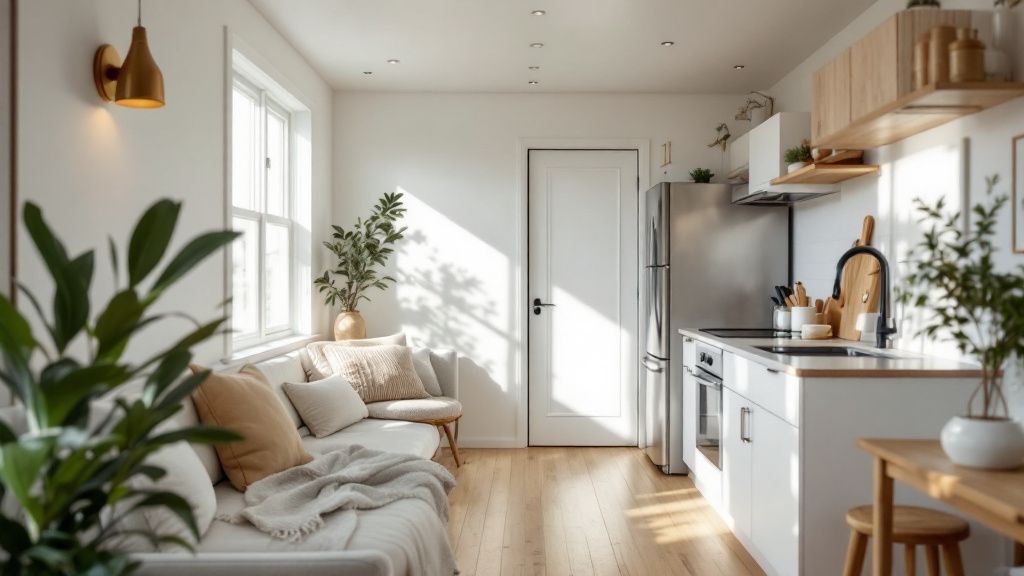
Embracing Minimalism in Tiny House Living
To fully appreciate tiny house living, you need to transition from conventional living to a minimalist mindset, appreciating the essence of simplicity and purpose. The beauty of minimalism in tiny home construction plans lies in its ability to create serene and efficient environments. It’s about prioritizing needs over wants, enabling you to design a space where every element serves a clear purpose, contributing to a well-organized and peaceful living area.
In this minimalist lifestyle, tiny house interior designs play a crucial role. Using space-saving furniture and smart storage solutions, you can keep your living area tidy and inviting. The strategic use of light and color enhances the sense of spaciousness, ensuring that your tiny home feels both cozy and expansive. Affordable tiny homes benefit from these design strategies, allowing you to reduce clutter while maintaining a stylish environment.
Considering tiny home blueprints that emphasize multifunctional spaces is essential for embracing minimalism. By choosing features like foldable tables and convertible seating, you can maximize utility without overwhelming the space. Exploring tiny house design ideas that incorporate natural elements also enhances the minimalist appeal, bringing the tranquility of nature into your home and creating a harmonious balance between form and function in tiny house living.
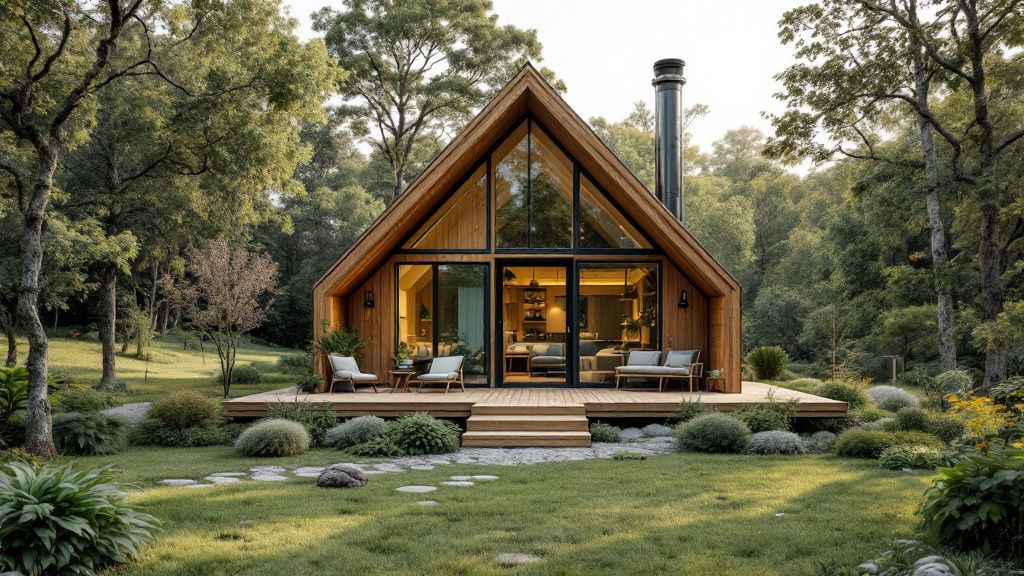
Sustainable Materials for Eco-Friendly Homes
Selecting sustainable materials is crucial for constructing eco-friendly homes that align with modern environmental goals. In tiny home designs, using materials like reclaimed wood, bamboo, and recycled metal not only reduces the ecological footprint but also adds unique character to the home. These choices support an ethos of responsible living, ensuring that your tiny home construction plans reflect your commitment to sustainability and efficient use of resources.
By comparing traditional construction methods with those that prioritize renewable materials, you see a clear distinction in their environmental impact. For instance, reclaimed wood can offer the same structural integrity as new lumber while conserving forests and minimizing waste. Such thoughtful material selection enhances tiny house interior designs, contributing to a space that embodies both beauty and sustainability.
Utilizing sustainable materials in tiny house on wheels plans adds another layer of eco-conscious living. Lightweight and durable materials like bamboo can reduce transportation energy costs and offer resilient alternatives to conventional options. As you explore how to build a tiny house with sustainability in mind, these material choices ensure the structure not only sustains daily life but also supports broader ecological health, merging practicality with environmental responsibility in affordable tiny homes.
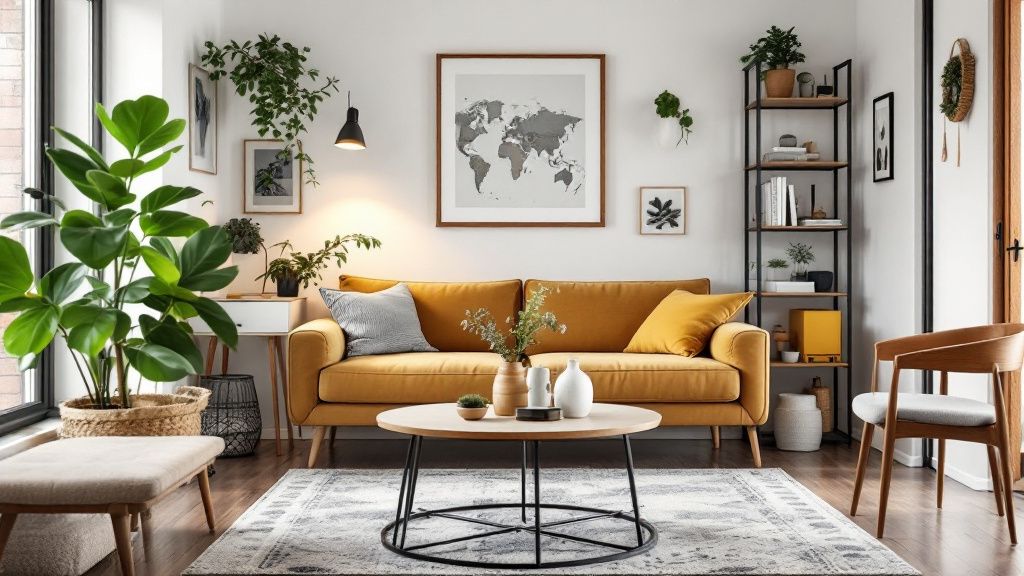
Space-Saving Design Strategies
Space-saving design strategies in tiny homes focus on maximizing every inch to create comfortable and functional living spaces. Using vertical space wisely, such as incorporating lofted sleeping areas or hanging storage, can significantly enhance the utility of a compact home. Sliding doors and fold-out surfaces also contribute to open areas, allowing the smooth transition between different living functions, making the most of your tiny home blueprints.
On one side, some enthusiasts view expansive minimalism as essential to achieving serenity in tiny house living, advocating for open-plan designs that use fewer walls and barriers. Meanwhile, others argue that defining separate zones within the home, using curtains or sliding partitions, creates a sense of order and privacy without sacrificing space. This balance between openness and organization is key when exploring tiny house design ideas.
Efficient furniture choices are another vital component of space-saving strategies. Multipurpose pieces, such as sofas that convert into beds or tables with foldable extensions, maximize utility with minimal space. When planning how to build a tiny house, integrating these versatile designs ensures the home remains flexible and adaptable to your lifestyle. The best tiny house kits often include such design elements, providing an all-in-one solution to create affordable tiny homes without unnecessary compromise.
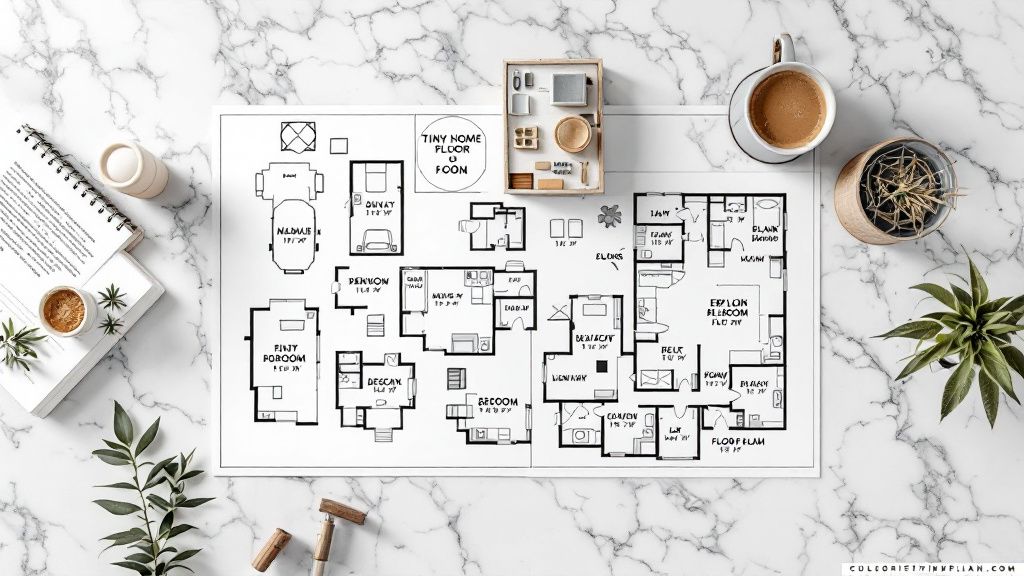
Exploring Tiny Home Floor Plans
Exploring tiny home floor plans reveals a wide array of options that can transform minimal living spaces into functional and stylish homes. A well-thought-out floor plan makes the most of limited square footage, integrating elements such as lofts for sleeping or under-stair storage. These designs, when carefully executed, make tiny house living both comfortable and practical, providing a unique opportunity to create a personalized haven within a compact structure.
While many believe that a single-floor layout is most efficient, there’s a strong case for incorporating multiple levels, such as lofts, to increase usability. Multi-level designs can separate living and sleeping areas, giving home dwellers more defined spaces without increasing the footprint. This approach allows tiny home designs to maintain spacious feels, even in their reduced dimensions, adding depth and dimension to everyday living.
One of the benefits of studying tiny home blueprints is discovering how flexibility can be built into the structure. With partitions that can be moved or removed, you have the opportunity to adapt the space to suit changing needs. Tiny house on wheels plans benefit greatly from such adaptable designs, allowing you to modify the space easily, whether on the move or settled in one spot, supporting dynamic lifestyles and varying requirements.
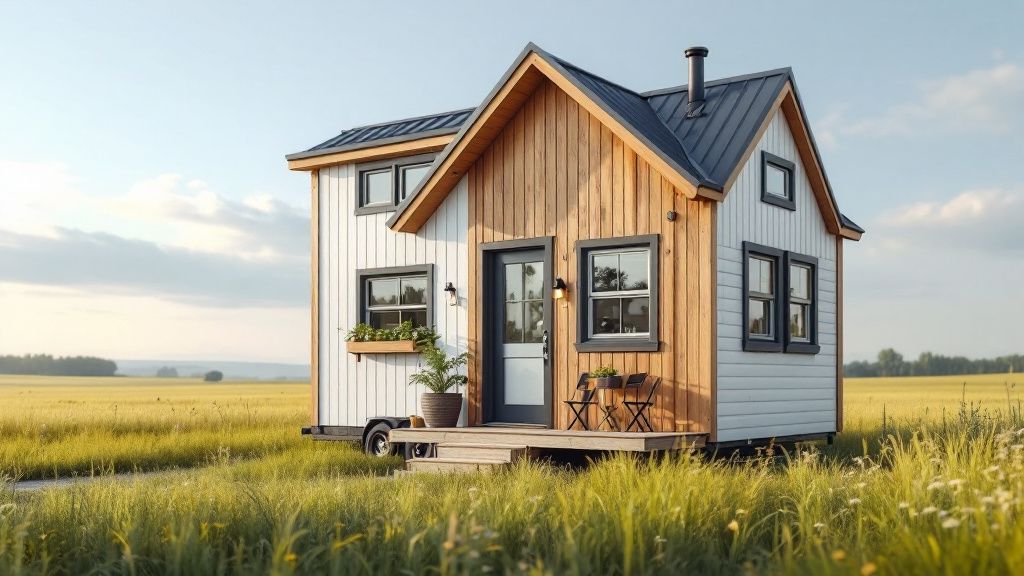
Budget-Friendly Tiny House Plans
Discover how budget-friendly tiny house plans make the dream of owning a home attainable without compromising quality or comfort. These plans leverage space efficiently, incorporating affordable materials and simplified construction methods to maintain costs. You benefit from a thoughtfully designed tiny home that balances functionality and style, providing a comfortable living environment without unnecessary expenses.
Did you know? Approximately 68% of tiny house owners have no mortgage, indicating the financial freedom these compact homes can provide. Choosing affordable tiny homes means prioritizing cost-effective solutions, from the initial tiny home construction plans to the final interior designs. Every decision, from fixtures to furnishings, reflects a commitment to maintaining budget-conscious strategies that make tiny house living a feasible option.
Consider tiny home blueprints that integrate cost-saving design features like built-in furniture and minimalist layouts. These elements reduce expenses by minimizing material waste and simplifying construction. When exploring how to build a tiny house on a budget, opt for open floor plans that use every inch efficiently and create an expansive feel, ensuring your tiny home remains both inviting and economical.
The best tiny house kits offer another pathway to build affordable living spaces. These kits provide all-inclusive options that streamline the building process, often resulting in significant savings. By choosing tiny house on wheels plans, you're not only embracing a cost-effective lifestyle but also enhancing mobility and flexibility, making it easy to adapt to different environments and opportunities.
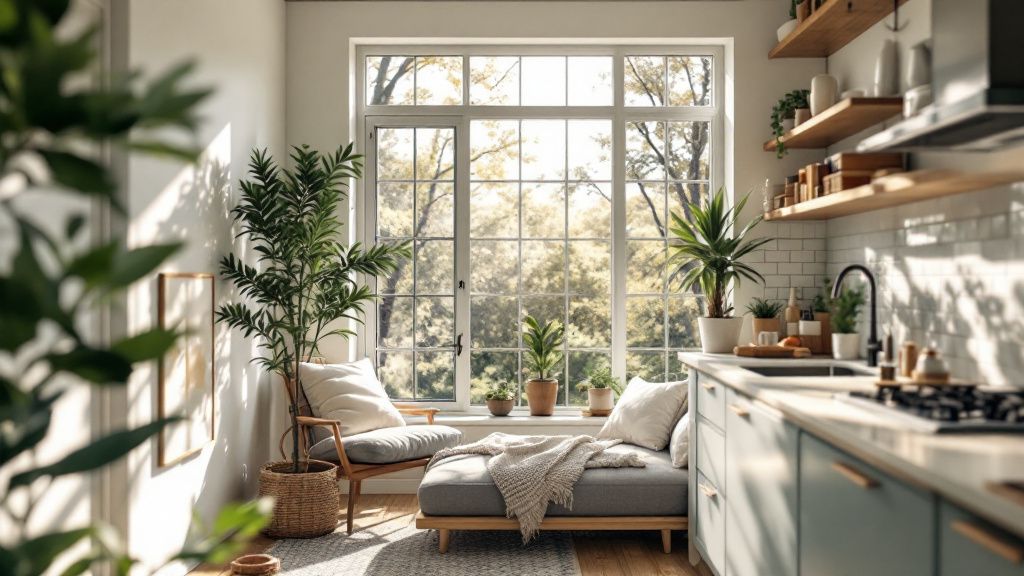
Maximizing Natural Light and Ventilation
Harnessing natural light and ventilation is essential in crafting comfortable and energy-efficient tiny homes. Large windows and strategically placed skylights are critical to introducing abundant daylight while maintaining privacy. Such designs not only enhance the ambiance but also reduce the reliance on artificial lighting, contributing to cost savings. By integrating these elements into tiny home blueprints, you create an inviting and eco-friendly living space that feels larger and more open.
Ventilation is another key component that ensures air quality and comfort in tiny house living. Incorporating features like operable windows, roof vents, and efficient airflow paths supports a constant circulation of fresh air. This attention to design details helps to regulate internal temperature naturally, promoting health and well-being in affordable tiny homes by minimizing the need for energy-consuming heating and cooling systems.
Looking ahead, advancements in materials and technology are expected to revolutionize how natural light and ventilation are incorporated into tiny house design ideas. Innovations such as smart windows that adjust tint based on sunlight and energy-efficient ventilators will become more accessible, allowing you to optimize your tiny home's environment further. These future developments promise to enhance the functionality and sustainability of tiny homes, paving the way for smarter, more integrated design solutions.
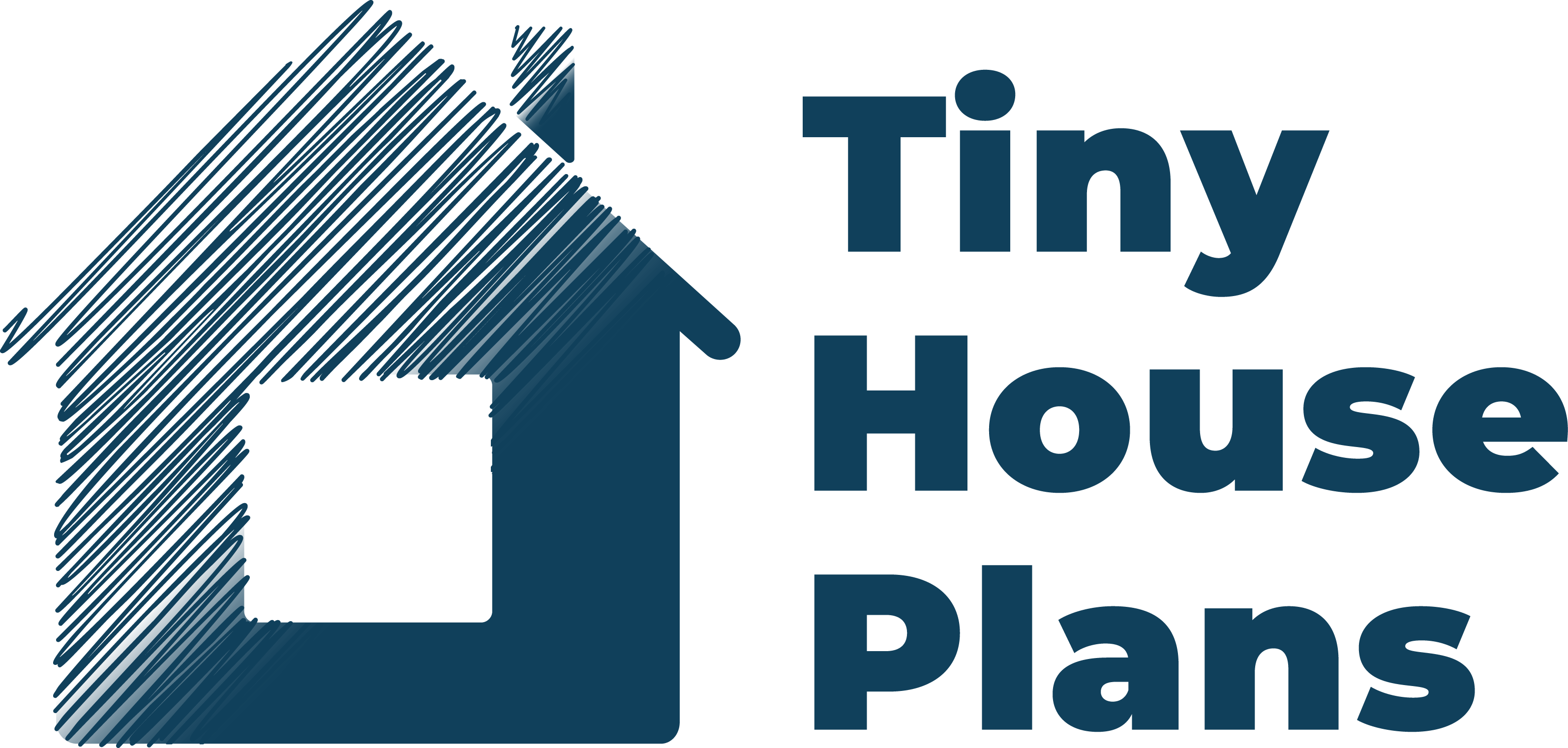




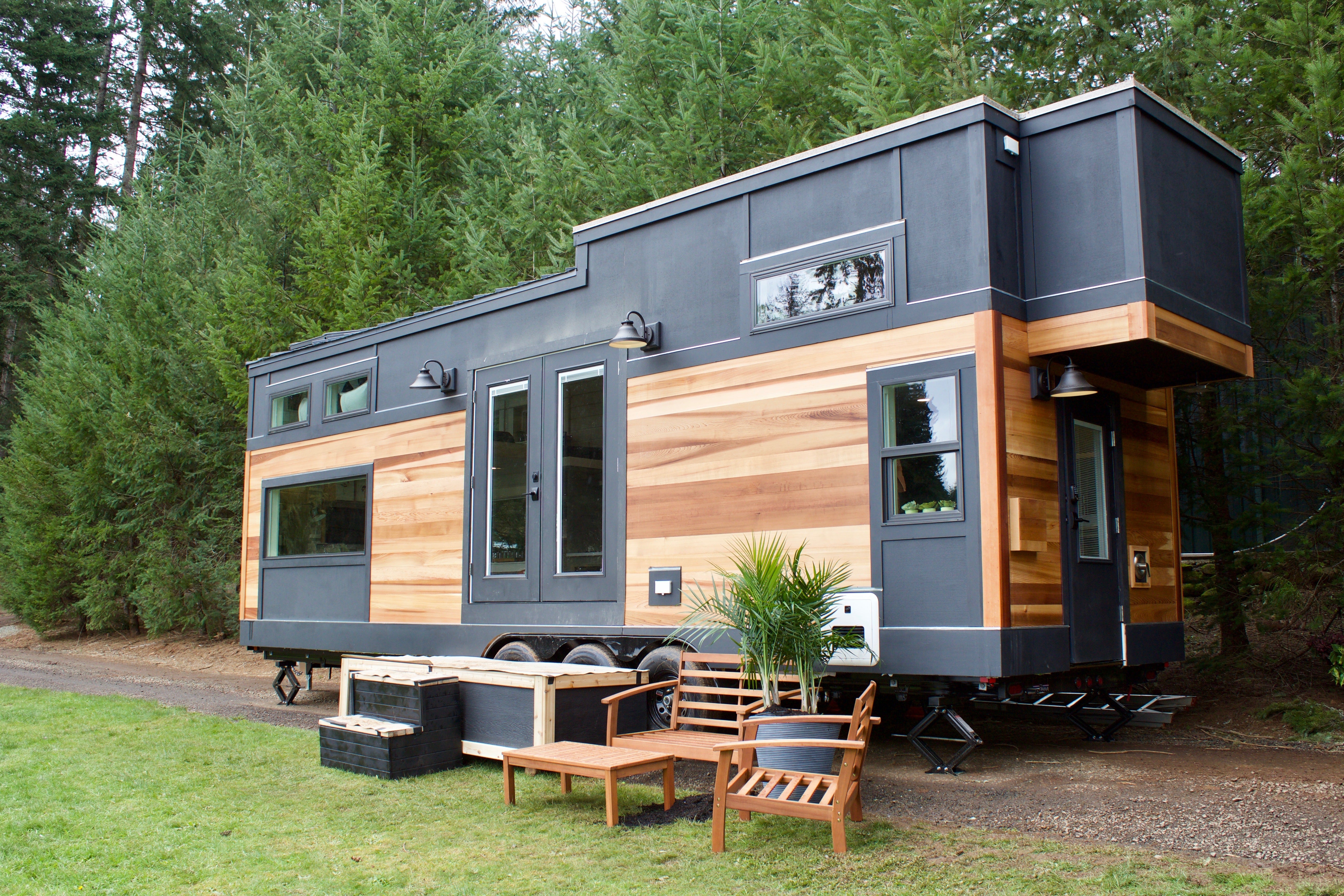
Share: